
Despite their status as the largest species of armadillo, these giants are rarely seen. Until recently, little was known about them and even what we did know was uncertain.
Through the efforts of the Giant Armadillo Project team, and their concern for sharing findings in scientific journals and the media, today, in much of the world, people are aware of the existence of this species and how important their burrows are for other species that share the same habitat.
Now, we have the chance to help this species and many others that live with the giant armadillo. Although this animal naturally has a low population density, human actions, such as the destruction of their natural habitat, are making them even rarer.
This is the largest species of armadillo in existence. Despite the giant armadillo being found in practically all of South America, little is known about this species and what little information is known is still rather superficial. Due to it spending most of its time underground, as well as its low population density, this species is rarely seen. The giant armadillo is threatened with extinction and is considered Vulnerable on the endangered species list by the International Union for Conservation of Nature (IUCN).
One of the most intriguing characteristics of this species is the size of its sickle-shaped claws. The main claw from its third finger is long, measuring up to 20 cm.
Studies carried out by the Giant Armadillo Project revealed that this species is strictly nocturnal, spending most of its day in its burrow. These animals are extremely strong diggers, and their giant burrows are easily found. On average, their burrows can reach up to 35 cm in diameter at the entrance and indicate the existence of this species in the vicinity.
On average, a giant armadillo digs a burrow every three nights. Thus, they alter their natural habitat and create new habitats for other species.
Studies carried out by our team analyzed more than 55,000 photos taken from camera traps in front of these burrows. These images demonstrated that at least 57 other vertebrate species benefit from giant armadillo burrows as a thermal refuge, shelter from predators, and a resource for food.
Many animals that do not go into the burrows use the sand that the armadillos throw outside of them to rest. This suggests that the giant armadillo, while so rarely observed in nature, still plays an important role in the ecosystem and in the lives of other species in South America.
Giant armadillos have a huge, dark carapace with flexible bands. This large carapace also has a white line on its side, characteristic of the species, which helps to identify individuals.
Their legs, tail, and head are also covered in tough pentagonal scales. Beneath the carapace, their thick skin, wrinkled and pink, is unprotected.
This species can be found in 12 different countries in South America: Argentina, Bolivia, Brazil, Colombia, Ecuador, French Guiana, Guyana, Paraguay, Peru, Suriname, Uruguay, and Venezuela, inhabiting areas ranging from tropical forests to the Cerrado.
One night, our team observed a giant armadillo digging 6 burrows in just 15 minutes to feed on ants and termites. The burrows were approximately 80 centimeters in length. Studies and sample collections of their feces confirm their feeding behavior of myrmecophagy (eating insects like ants) in nature. Giant armadillos can break through termite mounds in a matter of minutes. In the Pantanal, more than 90% of termite mounds regenerate a few weeks after the giant armadillo passes through.
Little is known about the reproductive behavior of this species, and the existing data are insufficient. However, the Giant Armadillo Project registered evidence, for the first time, of reproductive behavior, as well as the birth of a pup. Our observations have shown that the gestation period lasts five months and that only one pup is born at a time.
Despite occupying a vast territory in South America, the giant armadillo is becoming increasingly rare due to the loss of its natural habitat as a result of human actions.
Due to the size that they reach as adults, giant armadillos become the target of predatory hunting. Despite being difficult to quantify, giant armadillos are also hunted to satisfy the interest of collectors who covet their large claws.
Other impacts, such as fires and wildlife-vehicle collisions, also lead to population decline. Currently, nothing is known about the diseases that affect giant armadillos, however, the project team has closely monitored armadillo health for over eight years through the Xenarthra health initiative.
All efforts and collaborations are needed to save the giant armadillo and all the species that share and survive in the same habitat.

Zoólogo, PhD em Manejo da Biodiversidade pelo Instituto de Conservação e Ecologia de Durrell (DICE), Universidade de Kent, UK. Desde 2002, vive e trabalha no Mato Grosso do Sul desde 2010…
Atua nas áreas de Biologia da Conservação, pesquisa e ecologia de espécies e uso de recursos naturais. Trabalhou e morou em Belize, Argentina, Bolívia, Nepal e agora está no Brasil há 20 anos. Em 2002 passou a viver e trabalhar no Mato Grosso do Sul, onde fundou a ONG ICAS para dar suporte administrativo aos dois projetos que coordena: Programa de Conservação do tatu-canastra e Projeto Bandeiras e Rodovias. Seu trabalho foi apresentado na National Geographic, BBC Nature e na PBS (Public Broadcasting Service). Arnaud é reconhecido como um grande nome da conservação mundial, tendo sido agraciado com o Whitley Award em 2015, um prêmio que é considerado o Oscar da Conservação!
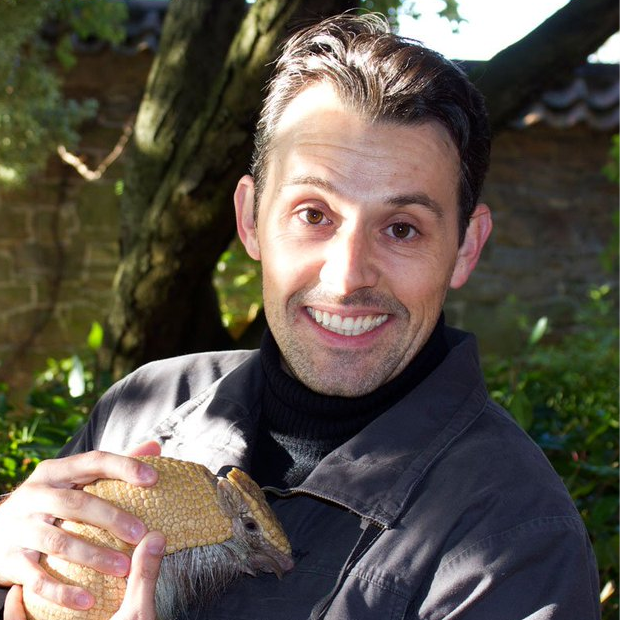
Médico Veterinário graduado pela Universidade Paulista (2003), possui experiência em Medicina de Animais Selvagens, Medicina da Conservação e pós-graduação latu sensu em clínica e cirurgia…
Médico Veterinário graduado pela Universidade Paulista (2003), possui experiência em Medicina de Animais Selvagens, Medicina da Conservação e pós-graduação latu sensu em clínica e cirurgia de animais selvagens.
Desde 2004, atua como pesquisador em projetos de conservação com foco em mamíferos neotropicais. Desde 2011, é veterinário do Projeto Tatu-Canastra, Mestre em Ciências pelo Instituto de Medicina Tropical da Universidade de São Paulo e pesquisador associado do Zoológico de Naples, Flórida, EUA.
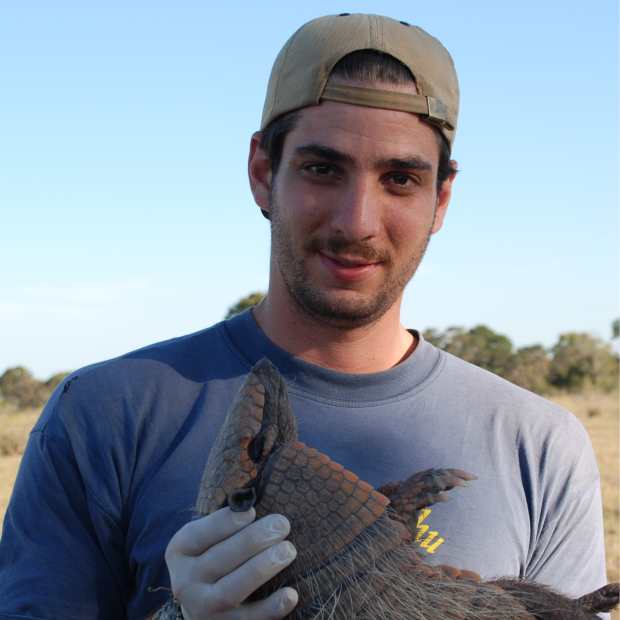
Biólogo graduado pela Universidade Federal da Grande Dourado (2009). Realizou estágios curriculares e extra-curriculares em projetos de conservação com experiência em captura, monitoramento…
Biólogo graduado pela Universidade Federal da Grande Dourado (2009). Realizou estágios curriculares e extra-curriculares em projetos de conservação com experiência em captura, monitoramento e conservação de animais selvagens, com foco em Xenartras.
Desde 2012 é membro do Projeto Tatu-Canastra desde 2013 atua como pesquisador associado do Instituto de Pesquisas Ecológicas – IPÊ e do Zoológico de Houston, Texas, EUA.
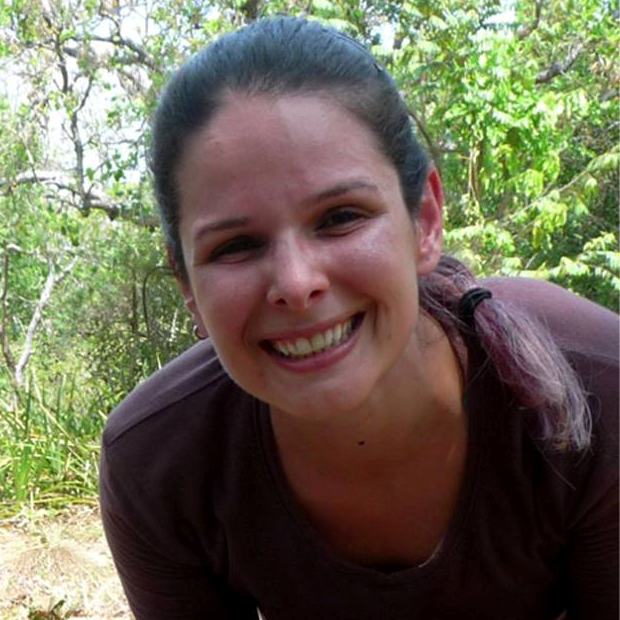
Bióloga doutora em Ecologia e Conservação pela Universidade Federal do Mato Grosso do Sul e mestre em Ecologia pela Universidade Federal do Rio de Janeiro. Desde 2005 desenvolve projetos de…
Bióloga doutora em Ecologia e Conservação pela Universidade Federal do Mato Grosso do Sul e mestre em Ecologia pela Universidade Federal do Rio de Janeiro. Desde 2005 desenvolve projetos de pesquisa na área de ecologia e conservação de mamíferos. Possui interesse em ecologia espacial, movimento animal.
Atualmente, é pesquisadora e analista de dados do Projeto Tatu Canastra atuando na área de biologia da conservação. Jacksonville Zoo and Gardens financia Nina através de um subsídio administrado pelo Zoo Conservation Outreach Group (ZCOG).
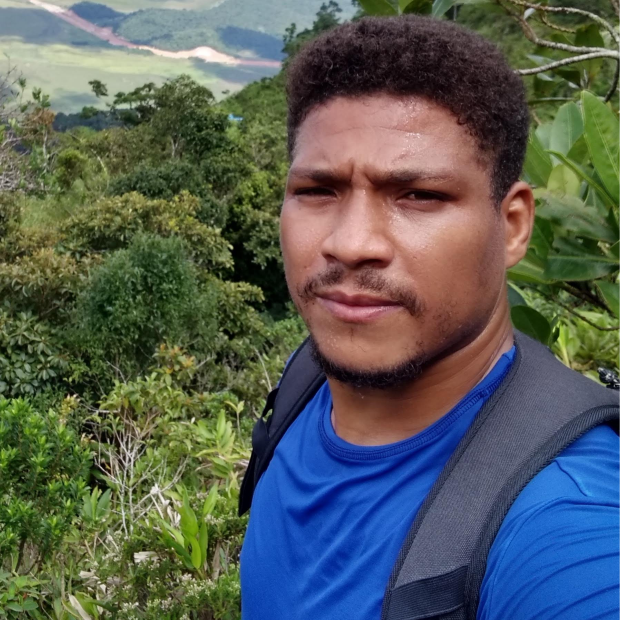
Biólogo, mestre em Biodiversidade Tropical pela Universidade Federal do Espírito Santo (2017), graduado em Ciências Biológicas Licenciatura pelo Centro de Ciências Agrarias da Universidade Federal…
Biólogo, mestre em Biodiversidade Tropical pela Universidade Federal do Espírito Santo (2017), graduado em Ciências Biológicas Licenciatura pelo Centro de Ciências Agrarias da Universidade Federal do Espírito Santo (2014) e Técnico em Agropecuária com Habilitação em Agroindústria pela escola Agrotécnica Federal de Santa Teresa (2005).
Experiência em Ecologia de estrada, Monitoramento e resgate de Fauna e Educação Ambiental. Desde 2013 atua na avaliação de impactos das estradas sobre a biodiversidade e em estudos de conservação de animais silvestres. Desde 2019, o foi contratato pelo ICAS para coordenar o Projeto Tatu-Canastra no Parque Estadual do Rio Doce, PERD, MG.

Doutorado em Ciência Ambiental pela Universidade de São Paulo (PROCAM-USP) com período sanduíche na Universidade de Bangor (Wales, UK)…
Doutorado em Ciência Ambiental pela Universidade de São Paulo (PROCAM-USP) com período sanduíche na Universidade de Bangor (Wales, UK). Certificada pelo WildTeam (UK) em Gerenciamento de Projetos para Conservação de Vida Silvestre, é mestre em Ecologia pela Universidade Federal de São Carlos, bacharel em Ciências Biológicas pela UFSCar e possui graduação em Gestão Ambiental pelo Centro Universitário Senac.
Atuação: Utiliza abordagens e métodos das Ciências Sociais para compreensão do contexto social, psicológico e econômico das interações humano-fauna que ameaçam a biodiversidade. O principal objetivo de suas pesquisas é elaborar estratégias integrativas que melhorem, na prática, a convivência das pessoas com a vida silvestre. Tem interesse nas áreas de Dimensões Humanas da Conservação, Psicologia Social e Psicologia da Conservação.

Graduada em Licenciatura Plena em Ciências Biológicas pela Universidade Federal de São Carlos. Mestra em Ecologia…
Graduada em Licenciatura Plena em Ciências Biológicas pela Universidade Federal de São Carlos. Mestra em Ecologia e Recursos Naturais e Doutora em Ciências pelo Programa de Pós-Graduação em Ecologia e Recursos Naturais (PPG ERN) da Universidade Federal de São Carlos (UFSCar) ambos na área de Educação Ambiental.
Atuação: Atua como educadora e coordenadora de projetos e cursos de formação em Educação Ambiental no grupo Escola da Floresta no Sítio São João (São Carlos/SP) desde 2009. É sócia fundadora e educadora na empresa Fubá Educação Ambiental e criatividade desde 2015. E desde 2018 é a educadora responsável pela implementação do Plano de Ação de Educação e Comunicação do Instituto de Conservação de Animais Silvestres (ICAS).

Graduada em Ciências Econômicas pela Universidade Paris X e em Marketing & Gestão pelo Programa de MBA da Reims Business…
Graduada em Ciências Econômicas pela Universidade Paris X e em Marketing & Gestão pelo Programa de MBA da Reims Business School.
Atuação: Coordenadora de Projetos & Comunicação durante 15 anos no Universal Music. Agora, Profissional com o desenvolvimento de estratégia de comunicação e conteúdos para os diversos canais de comunicação, especialmente com os redes sociais.

Pesquisadora de campo do Programa de Conservação do Tatu-Canastra Mata Atlântica, atua na checagem e triagem de dados, educação ambiental e relacionamento com o…
Pesquisadora de campo do Programa de Conservação do Tatu-Canastra Mata Atlântica, atua na checagem e triagem de dados, educação ambiental e relacionamento com o Parque e comunidade do entorno.
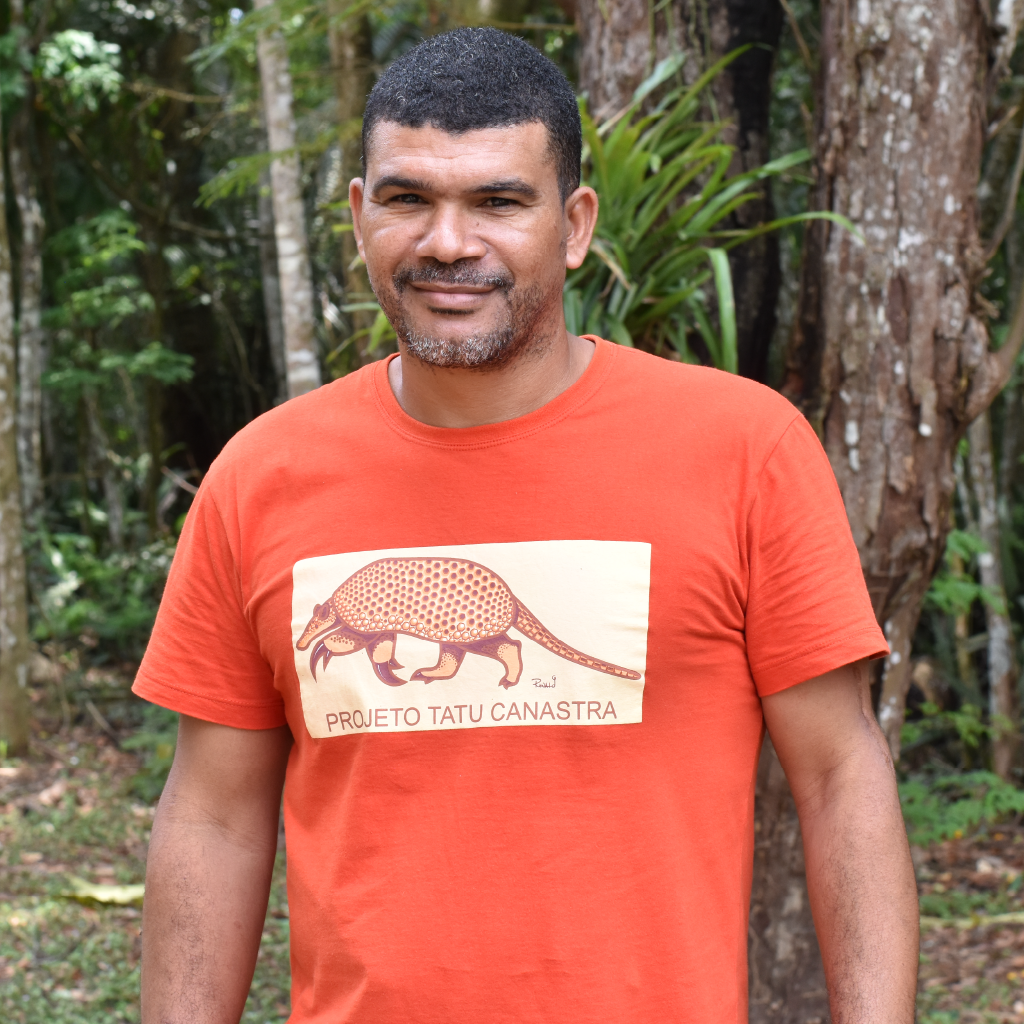
Auxiliar de Campo no Programa de Conservação do Tatu Canastra Mata Atlântica, atua na checagem dos equipamentos, educação ambiental e relacionamento com o…
Auxiliar de Campo no Programa de Conservação do Tatu Canastra Mata Atlântica, atua na checagem dos equipamentos, educação ambiental e relacionamento com o Parque e comunidade do entorno da Unidade de Conservação onde é executado o projeto neste bioma.

Graduado em comunicação Social com habilitação em Jornalismo, atua como assessor de imprensa do terceiro setor…
Nascido no interior de São Paulo, apaixonado por animais, fotografia e vídeos, formou-se em 2012 pela Universidade Católica Dom Bosco (UCDB) e desde 2010, quando ainda era voluntário, vem atuando em diversas áreas da comunicação no terceiro setor.
Beauval Nature (France)
Association Française des Parcs Zoologiques – AfdPZ (France)
l´Association Jean-Marc Vichard pour la Conservation (France)
l’Association Francophone des Vétérinaires de Parc Zoologique
Audubon Zoo (USA)—ZCOG Partner
Augsburg Zoo (Germandy)
AZA Conservation Grant Funds (USA)
Bergen County Zoo (USA)
Brevard Zoo (USA)
Cerza Zoo (France)
Chattanooga Zoo (USA) – ZCOG partner
Chester zoo (UK)
Cleveland Metroparks Zoo, Scott Neotropical Fund (USA)
Columbus Zoo (USA)
Conservation des Espèces et des Populations Animales (CEPA) (France)
Disney Conservation Fund (DCF)(USA)
Fresno Chaffee Zoo Wildlife Conservation Fund (USA)
Frank Buck Zoo, (USA)-ZCOG partner
Greenville Zoo, (USA)- ZCOG partner
Hattiesburg Zoo (USA)
Houston Zoo, (USA)
Idea Wild (USA)
Jacksonville Zoo (USA) – ZCOG partner
Louisville Zoo AAZK Chapter
Oklahoma City Zoo (USA)
Omaha’s Henry Doorly Zoo (USA)
Minnesota Zoo (USA)
Mohamed bin Zayed Species Conservation Fund (UAE)
Naples Zoo at Caribbean Gardens (USA)
Nashville Zoo (USA)
Natural Research (MMA) (UK)
National Geographic (USA)
Papoose Conservation Wildlife Foundation (USA)
Pittsburgh Zoo & Aquarium (USA)
Phoenix Zoo, (USA)
Prince Bernhard fund for Nature (Holland)
Quagga (Holland)
Reid Park Zoo teen volunteers (USA)
Reid Park Zoo (USA)
Riverbanks Zoo and Gardens (USA)
Royal Zoological Society of Scotland (RZSS)
Sacramento Zoo (USA)
Salisbury Zoo-Chesapeake AAZK (USA) – ZCOG partner
San Antonio Zoo and Aquarium (USA)- ZCOG partner
Sea World Busch Gardens (USA)
Tapeats (USA)
Taronga Zoo (Australia)
Taiwan Forestry Bureau (Taiwan)
Tucson AAZK Chapter
Wilhelma Zoo (Germany)
Whitley Fund for Nature (UK)
Worclaw Zoo (Poland)
Zoo Atlanta (USA)